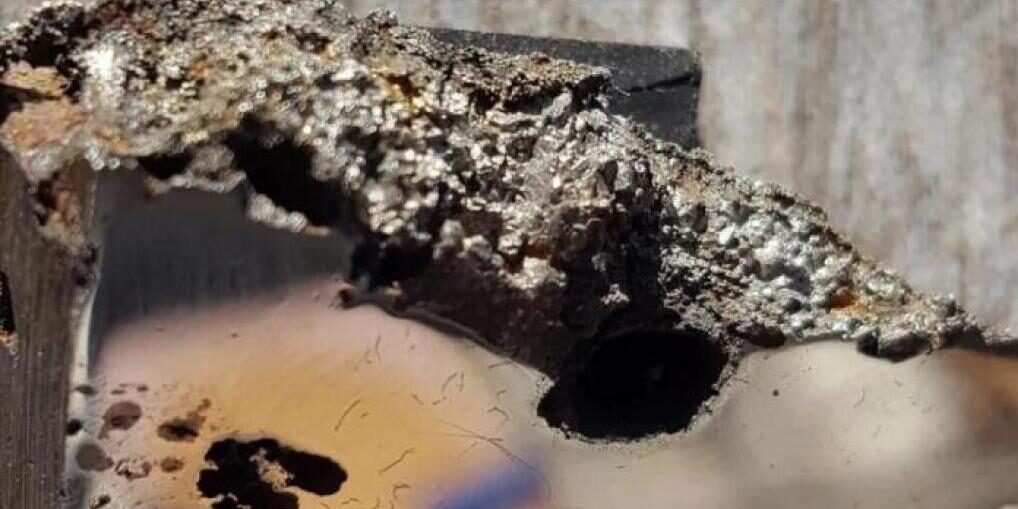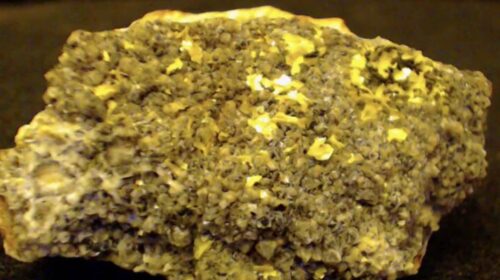Elaliite and Elkinstantonite, two unknown minerals, extracted from a Somali meteorite sample
The number of mineral species continues to increase with the improvement of analytical techniques. In 2022, the International Mineralogy Association recognizes 5,863 mineral species. They are classified mainly according to chemical and crystallographic criteria.
According to mining.com, a team of researchers recently discovered at least two minerals never seen before on earth in a 15-tonne meteorite found in Somalia – the ninth largest meteorite ever discovered.
Both minerals, with a third potential mineral under investigation, came from a single 70-gram piece sent to the University of Alberta for classification.
“Any time you find a new mineral, it means that the geological conditions, the chemistry of the rock, were different from what’s been found before,” said Chris Herd, curator of the University of Meteorite Collection. Alberta, in a news release. “That’s what makes it all so exciting. In this particular meteorite you have two officially described minerals that are new to science.
The new minerals – named elaliite and elkinstantonite – were identified quickly by Andrew Locock, director of the university’s electron microprobe laboratory, as each had been created synthetically before.
Elaliite is named after the meteorite itself, nicknamed the “El Ali” meteorite because it was found near El Ali, Somalia. Herd named the second mineral after the eminent planetary scientist Lindy Elkins-Tanton, due to her work exploring the formation of planetary cores.
The research, conducted in collaboration with UCLA and the California Institute of Technology, suggests that if the scientist can obtain more samples, even more minerals can be found.
The problem is that the future of the meteorite is uncertain. Researchers say it appears to have been moved to China, so it remains to be seen if additional samples will be available for scientific purposes.
For now, the team is continuing to examine the minerals to determine what they can tell about the conditions of the meteorite as it formed. Herd also noted that any new mineral discoveries could lead to exciting new uses over time.
“Whenever a new material is known, materials scientists are also interested because of the potential uses in a wide range of things in society,” he said.
The diversity of the world’s rocks and minerals testifies to the richness of the earth’s treasures.
228 total views , 2 views today





